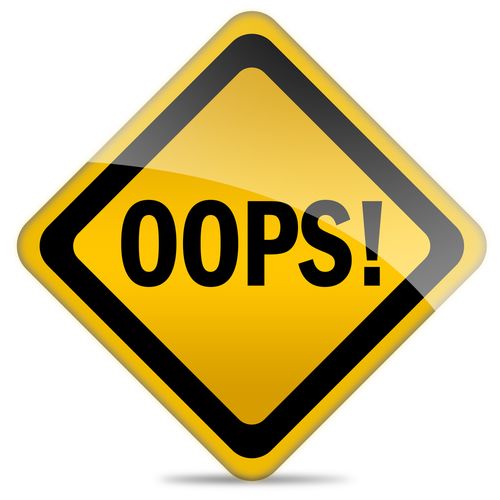Have you ever been stood up by a survey? Well, I have. Far too many times! One of my biggest pet peeves is when companies invite their callers to participate in a survey after a call, but then fail to survey callers that opted in.
TIP: To avoid your callers from feeling stood up, use verbiage in your survey invitation that clearly states the callbacks are randomly selected from the population of customers that opt in. Setting clear expectations can prevent your customers from assuming they were not called back intentionally.
I wish I could say I’m off the soapbox regarding surveys for the moment, but I must share with you my runner-up for biggest survey pet peeve, which is when companies have a post call survey process that generates survey calls before the customers have ended their initial call. Have you ever opted in for a post call survey, only to find your call waiting ID displaying the company name that you are still on the line with?
TIP: This is a timing issue, and the fix is to ensure your survey launcher only initiates surveys after a call termination is generated.
Now on to the next thing that has me going these days: how ‘bout those quality monitoring (QM) forms? These days most companies have caught on that customer perception is company reality. So why don’t QM forms support this?
In my experience, companies that have excelled in quality and customer satisfaction have incorporated both process and customer experience components into their QM form. Their QM form reflects the required process standards that keep the company out of trouble, but it also incorporates elements of the WOW effect that makes the difference in customer interactions. I will summarize this for you in two simple words: Genuine Care. Show your agents the behavioral attributes of genuine care, and you will show your agents success.
Genuine care can be incorporated into the QM form by measuring if an agent expresses genuine care for the caller’s questions, needs, and concerns. Many QM gurus are probably thinking, “Don’t courtesy and tone quality metrics address this need?” The answer is an overwhelming NO. It is one thing to sound courteous, and to have an upbeat friendly tone, but when it is not believable, or even condescending, that does not factor into genuine care.
TIP: In your next calibration, try using your QM speech analytics to find sample calls that showcase an exemplary standard of genuine care, and then develop your QM genuine care attributes from those characteristics.
Now that I’ve referenced speech analytics, let’s spend some time discussing great ways to adopt the use of this intelligence into your contact center. Most companies using speech analytics leverage the intelligence to detect calls with escalation attributes, which is important for coaching and recovery purposes. But what about the good calls?
Speech analytics can capture calls that have WOW factors that customers respond to with delight. What better way to set the standard for agents by sharing those calls? Speech analytics should not be used for just the bad, let’s celebrate the good it catches so that those instances can be repeated.
And I could not end this blog entry without mentioning customers that have invested in WFM for scheduling agents to support only phone contacts. What about social media? Email? Chat? Fax? SMS? Should all customer touch points not be scheduled via WFM?
TIP: Let’s not miss easy ways to optimize your workforce by using WFM to schedule for all customer touch points.
Today’s society is handling business in diverse channels, and timeliness is expected in each one. Remember, when service levels must be measured, WFM should be the scheduler. So now you may have some insight the next time you find yourself waiting 10 minutes for an agent to respond to your chat session.
So, is your company contributing to these WFO blunders? Or excelling from the WFO best practices?
Learn More:
- Read about NICE CXone’s WFO Suite
- See a customer testimonial from A.O. Smith about improving quality with call recording
- Read an article about how to create a high octane VoC Program




